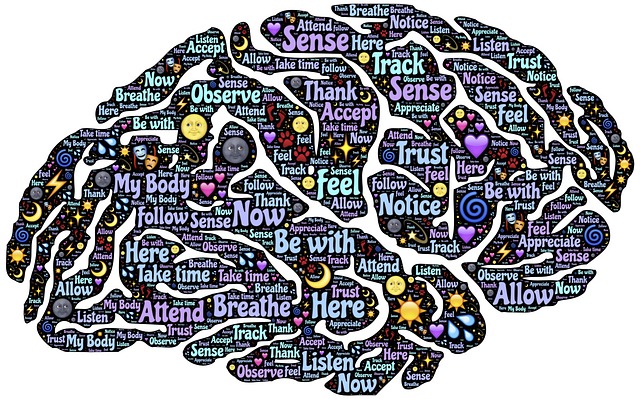How can a system be built to have the quality of subjective experience? How the brain has consciousness? Consciousness is the experi...
How can a system be built to have the quality of subjective experience? How the brain has consciousness?
Consciousness is the experience of our past in our present. This is why consciousness is so subjective. Consciousness is not a function but our experience of our brain state. It is needed to have the "I want" feeling when we "choose" between different choices. This "choosing" can't be real and absolute "free will" because it is based on prior experiences but our "feeling" of our will is free-like because the previous experiences are complex and the outcome can't be determined.
The experience of the consciousness is a neuronal activity when the peripherally connected (associated) neurons to an active sensory neural pathway are active. The experience of a state means an actual neuronal activity which similar to an earlier state's neuronal activity.
Requisite functions for consciousness
- Learning system with memory
For consciousness, we must have a system to model the environment which is the learning system with the included function of memory. - Induction system
Consciousness is a resource-consuming process and does not need all the time. For consciousness must have a system to stimulate the memory system pathways by changing its thresholds which "induce" the consciousness. - Activation processes
For consciousness need several different activation processes to stimulate the induction system. These can be primary activations that are built with the system or secondary activations that are learned.
Time factor
If a neural pathway conditioned well, it could be activated and deactivated (because it's purpose achieved) so quickly that no time remains to activate peripheral neural connections related to the given pathway, so no consciousness emerges from this conditioned activation.
The working process of consciousness
In the beginning, the brain has only built-in connections and pathways. As the brain works and learns, it builds up new and new connections and pathways, getting more and more memories, getting experiences. At the same time, the built-in induction system starts to work as well. It activates the connecting (peripherally to, or associated) pathways of an active pathway. The brain begins to experience consciousness by way of experiencing what is connected to an active pathway.
To have this, the induction system must be active. Otherwise, the connected pathways could not be activated. The induction system lowers the activation thresholds of them by giving extra stimulation to these pathways.
To have the induction system working, it needs to be activated. The activation can be a very low-level stimulus like the built-in alert system, the pain, or a high level, learned activation, conditioned function, like avoid a pedestrian during driving. So the induction system can be activated by conditioned functions that are artificially classified as an activation of the induction system by learning that this stimulus is an alert to the induction system.
The brain is continuously checking all the sensory stimuli and if it finds an activation stimulus then activate the induction system and create consciousness.
Why we have only one consciousness?
The consciousness is the whole system phenomena because it is an integration process; the entire system plays the part of it. If the system has different parts that are not communicating with each other but can function independently then it may arise more than one consciousness. This can be an explanation of the split-brain patients’ cases.











No comments